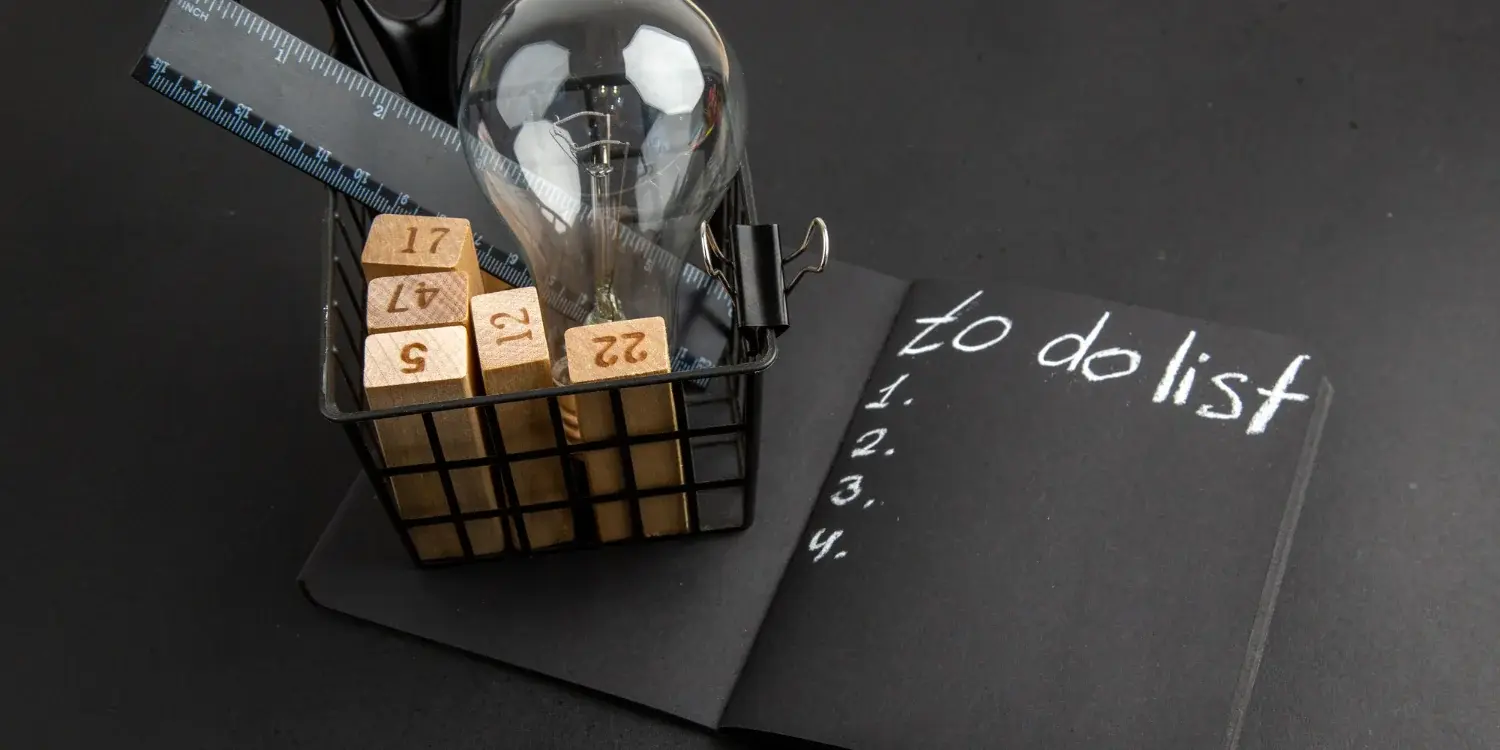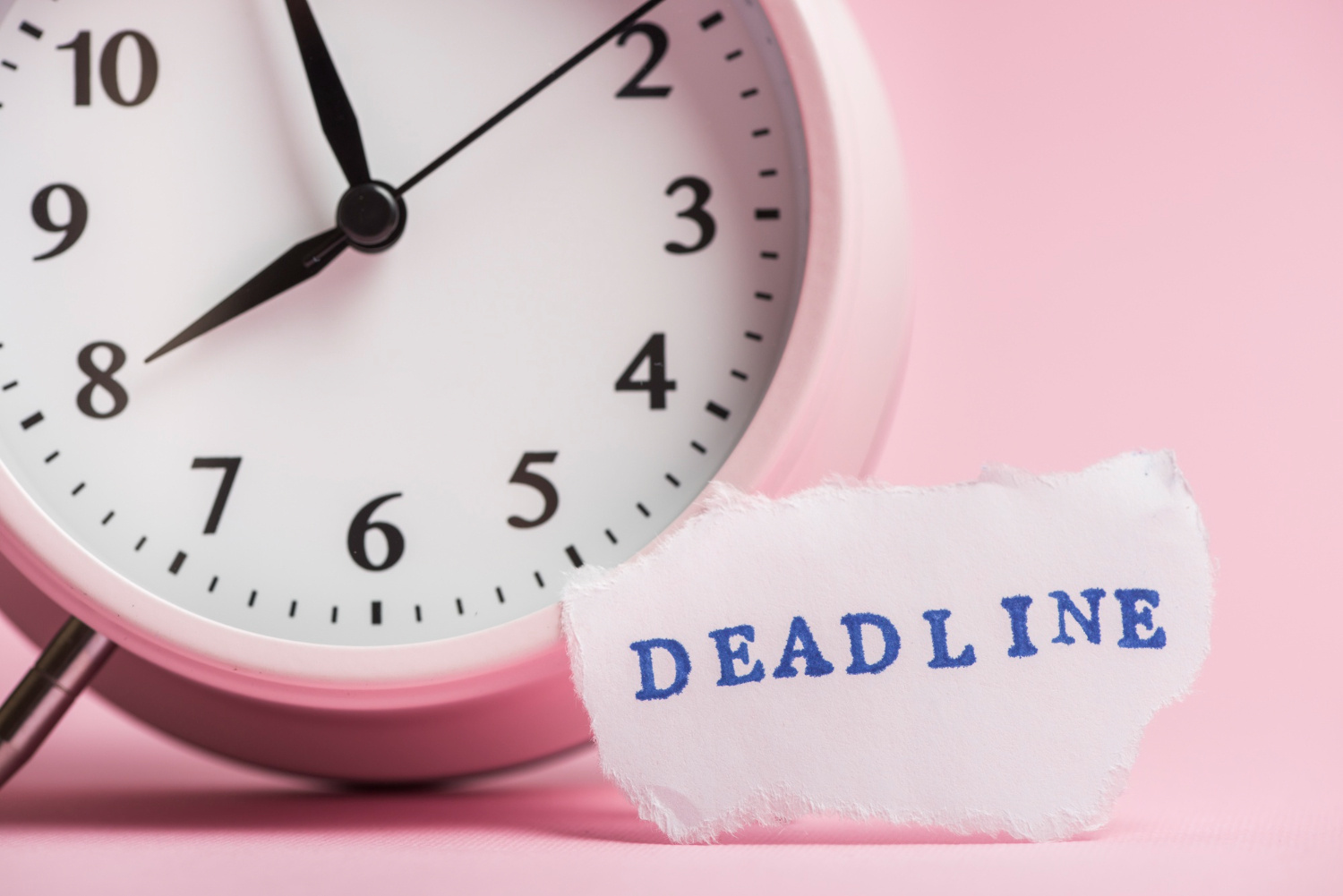Overcoming Procrastination: Proven Strategies to Boost Focus
Introduction
Have you ever found yourself staring blankly at your screen, knowing exactly what you need to do but just unable to start? Let's face it—procrastination is something we all wrestle with. Maybe you've spent hours rearranging your workspace, browsing social media, or tackling trivial tasks just to delay getting started on essential work. You're not alone. Studies indicate that nearly 20% of adults chronically procrastinate, impacting their productivity, stress levels, and overall job satisfaction.
Here's the good news: overcoming procrastination is entirely achievable with a few practical techniques at your disposal. This article will unpack 12 effective strategies, each backed by experts, real-life examples, and clear, actionable steps designed to help you optimize your time, improve workflow efficiency, and finally kick procrastination to the curb.
Ready to regain control of your focus, time, and energy? Let’s dive in!
1. Utilize the "Two-Minute Rule"
One powerful way to break through procrastination is to embrace the Two-Minute Rule, a technique popularized by James Clear in his book Atomic Habits. Here's the gist: if a task can be completed in two minutes or less, do it immediately. This simple habit prevents small tasks from piling up into daunting lists, which is a major procrastination trigger.
Another aspect of the Two-Minute Rule involves breaking larger tasks into manageable segments. For example, turning "write the report" into "write the opening paragraph." Once you start, momentum often carries you forward. Research from productivity expert Brian Tracy notes that simply starting an unpleasant task makes you naturally inclined to see it through to completion.
Imagine you're facing a cluttered inbox. Apply the Two-Minute Rule by quickly responding to short emails. By doing this consistently, you'll maintain organization, keep your workflow moving, and reduce the temptation to procrastinate.
2. Implement the Eisenhower Matrix to Prioritize Effectively
Have you ever felt overwhelmed, uncertain where to begin your daily workload? Using the Eisenhower Matrix clarifies priorities and directs you toward productive actions. This matrix categorizes tasks into four quadrants based on urgency and importance:
- Urgent and Important: Tasks you do immediately.
- Important but Not Urgent: Tasks to schedule for later.
- Urgent but Not Important: Tasks you can delegate.
- Neither Urgent nor Important: Tasks to eliminate entirely.
President Dwight Eisenhower famously leveraged this system to manage military responsibilities and presidency demands simultaneously, so rest assured—it works!
Let’s say your day is cluttered with meetings, reports, and email responses. Quickly categorize each by urgency and importance. You’ll quickly see a clear roadmap of what genuinely requires immediate focus, removing the feeling of overwhelm and therefore reducing procrastination.
3. Leverage Time Blocking for Maximum Productivity
A reliable anti-procrastination strategy is time blocking, where you allocate specific blocks within your day for particular tasks. Productivity expert Cal Newport, in his book Deep Work, emphasizes this method's effectiveness in maintaining deep concentration and preventing distractions.
Begin by scheduling your most challenging tasks during times when your energy peaks. Use your calendar—or better yet, an app dedicated to time management—to visually outline your day. Knowing exactly what you're supposed to do at any given moment diminishes distraction.
Consider Monica, a freelance graphic designer who continuously struggled with deadlines until she started time blocking. By dividing her day into clear segments—emails in the morning, creative tasks mid-morning, and client calls in the afternoon—she reduced distractions, overcame procrastination, and significantly boosted her productivity and success.
4. Minimize Distractions by Creating an Optimal Workspace
Physical and digital clutter directly contributes to procrastination. Studies from the Princeton Neuroscience Institute confirm that clutter negatively affects your brain's ability to process and concentrate on tasks. To solve this, organize your workspace intentionally—both physically and digitally.
Firstly, create a minimalist physical workspace: declutter your desk, maintain only essential items in your line of sight, and ensure good lighting. Secondly, digitally declutter by regularly tidying your inbox, desktop, and phone apps.
Tom, a software developer, drastically improved his productivity by simply organizing his workspace. Once overwhelmed by piled documents and countless open browser tabs, he now dedicates five minutes each evening to clean-up tasks. Result? Fewer distractions, less procrastination, and higher efficiency.
5. Pomodoro Technique: Structured Intervals for Focus
If you regularly face procrastination related to overwhelm, try the popular Pomodoro Technique, developed by Francesco Cirillo. The method is straightforward: work diligently for 25-minute intervals ("Pomodoros"), then take quick five-minute breaks. After four rounds, enjoy a longer 15 to 20-minute break.
Short, timed efforts are psychologically less intimidating, and regular breaks boost cognitive function, according to efficiency expert Chris Bailey in his book, The Productivity Project.
For example, Angela, a university student combating procrastination, adopted this technique to handle chemistry assignments. She noticed a vast improvement, as longer studying chunks seemed less intimidating when arranged in digestible 25-minute sessions.
6. Set SMART Goals to Enhance Clarity and Actionability
Procrastination often stems from vagueness about what you plan to achieve. Combat this by defining SMART goals: Specific, Measurable, Achievable, Relevant, and Time-bound objectives clearly outline the task ahead.
Professor Edwin Locke, in his Goal-Setting Theory, affirms that clear goals increase motivation and productivity significantly. An example is transforming a general goal like "I will lose weight" into something SMART—"I want to lose five pounds by exercising three times weekly and tracking calories each day for four weeks."
This precise clarity transforms vague procrastination-inducing goals into achievable milestones, enhancing your motivation and progress.
7. Accountability Partners Strengthen Commitment
Finding an accountability partner dramatically shifts productivity forward. Psychology Today notes that accountability partnerships heighten your chances of success considerably because you're sharing goals with someone you respect and trust.
Connect regularly with your partner, reviewing your tasks, progress, and setbacks. Knowing you’ll be checking in enhances motivation and lowers the temptation for procrastination.
John, a solopreneur, frequently delayed marketing tasks until partnering with another business owner as his accountability buddy. Weekly Zoom check-ins created positive peer pressure that dismantled his procrastination habit.
8. Use Positive Visualization Techniques
Another excellent anti-procrastination tool is positive visualization, backed by Harvard studies that highlight visualization’s power in achieving personal goals. Before you start a daunting task, visualize its successful completion vividly.
For instance, imagine delivering a successful presentation to your manager. Picture the confidence you feel afterward, enhancing motivation and helping overcome initial hesitation.
9. Limit Decision Fatigue Through Routine
Research published by Stanford psychologist Kelly McGonigal indicates decision fatigue drains your willpower, causing procrastination. Establishing clear daily routines reduces trivial decisions and conserves mental energy for essential tasks.
This might involve laying clothing out the night before, prepping meals weekly, or having predetermined working hours.
Consider Mark Zuckerberg, who famously wears almost the same clothes daily, avoiding unnecessary decisions to focus on core tasks without procrastination.
10. Reward Systems Reinforce Productivity
Create immediate reward systems to cultivate productivity. Neuroscience indicates rewarding positive behavior strengthens future motivation and discipline.
If you're working on a long project, schedule rewards after certain milestones: enjoying a favorite snack, brief walks, or even watching a short video as tasks are completed. This converts procrastination into focused action through positive reinforcement.
11. Mindfulness Practices Combat Stress-Induced Procrastination
Stress and anxiety trigger major procrastination. Incorporating brief mindfulness breaks, deep breathing, or gratitude exercises reduces stress hormones and boosts mental clarity.
Prominent psychologist Jon Kabat-Zinn emphasizes that these mindfulness practices greatly improve cognitive performance, lifting the mental fog behind procrastination.
12. Reflect and Adjust Regularly
Periodically reflecting helps identify procrastination patterns and make adjustments. Once weekly, evaluate what worked, what caused delays, and how you might adjust your strategies.
This reflective habit is recommended by productivity coach Laura Stack, who says consistent self-reflection is critical in refining your approach toward optimal productivity.
Conclusion
Procrastination is stubborn, yet completely manageable with mindful application of these proven strategies. Incorporate these techniques, and experience significant workflow improvement and performance. If you're looking for digital tools to amplify your productivity journey, I highly recommend checking out the powerful and intuitive productivity app, built specifically to streamline your daily tasks and eliminate distractions.
#ProductivityTips #TimeManagement #OvercomeProcrastination #Efficiency #BoostFocus #WorkflowImprovement #GetThingsDone #ManageYourTime #FocusedMindset #BetterHabits
You May Also Like
These Related Stories

How to Stop Procrastinating: 12 Proven Strategies for Success

Proven Strategies to Master Your Time and Boost Efficiency

No Comments Yet
Let us know what you think